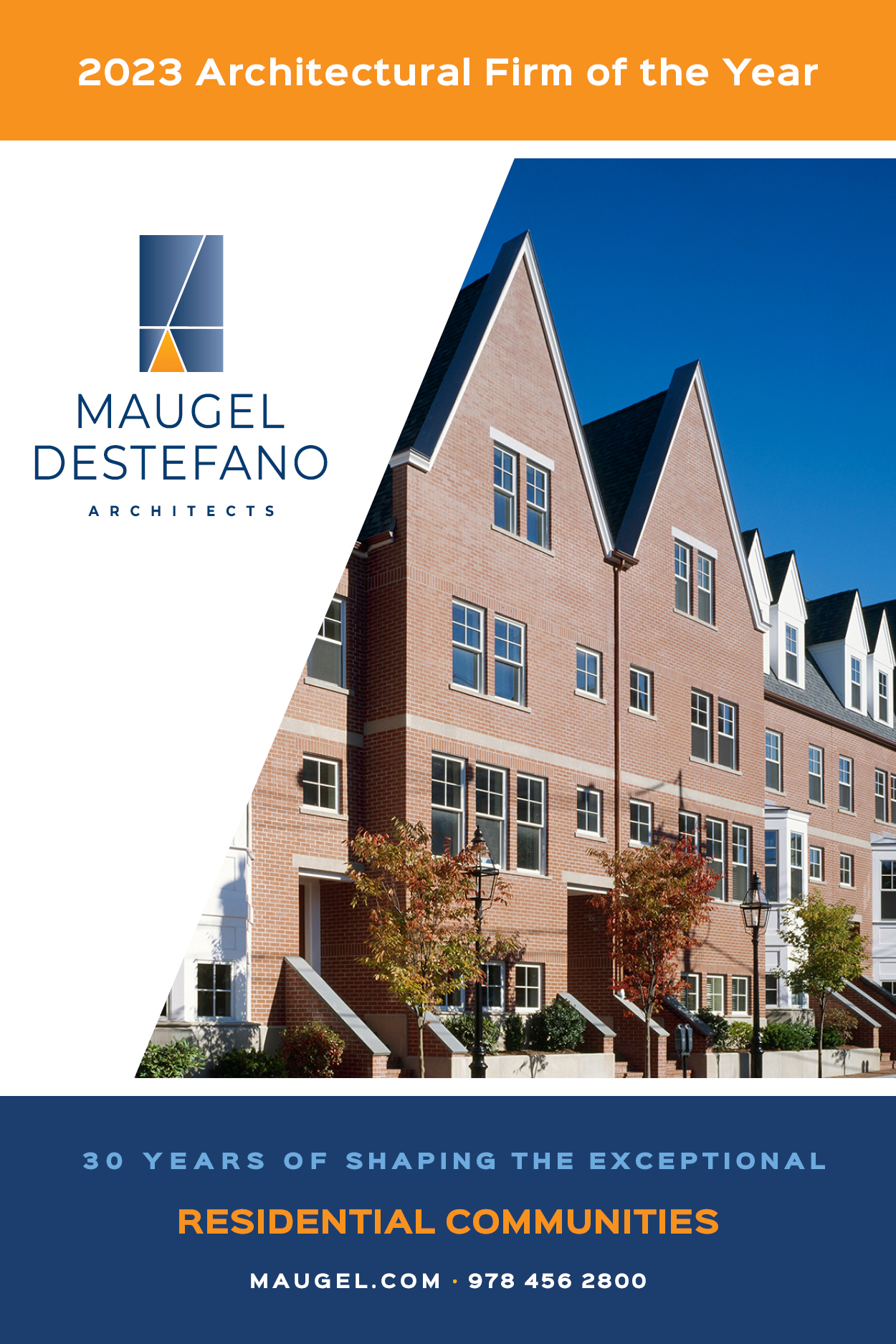BOSTON—SGA, a Boston and New York City-based national award-winning architecture, interior design, planning, branded environments and virtual design and construction practice, today announced that its founding partner Jeff Tompkins, IIDA, LEED® AP, recently spoke at the “Life Science Facility Planning Post COVID-19” webinar, where he talked about the challenges workers will face coming back to work in a post-COVID-19 environment, and how it will affect the planning of life sciences facilities.
The panel was organized by NYC Builds Bio+ in collaboration with Genetic Engineering & Biotechnology News. Other speakers included Anthony Montalto, associate partner at JBB; Robert Mitchell, principal and owner of Mitchell Architectural Group; and Jim Holland, managing director of professional services for Triumvirate Environmental. The panel was moderated by Nancy Kelley, founder of NYC Builds Bio+.
Mr. Tompkins said the biggest challenge for life sciences companies post-COVID-19 is coming back to work in the office space.
“I think the biggest issue for a lot of our clients isn’t necessarily the lab space or coming back to work in the lab space. It’s coming back to work in the office space,” said Mr. Tompkins. “In the lab spaces, people that are using those spaces are familiar with how to use PPE, and safety practices. Not everybody in a life-science company is even allowed into the lab. They already have pretty tight controls and procedures, so it’s going to be, really, more about ‘how do I collaborate?’”
SGA, for example, is promoting some simple practices, said Mr. Tompkins.
“First of all, look at your conference spaces and either don’t populate them at all or depopulate them,” Mr. Tompkins. “Maybe look at less enclosed space, three-sided spaces, where you could put whiteboards on three sides and have two or three people standing within six feet of each other and being able to write back and forth; and as long as everybody’s wearing their appropriate PPE, cleaning their hands, not sharing things
like markers and erasers and stuff, you could do that. I think that that’s what we’re going to see.”
He said companies are working that out on a plan of the type spaces that they are going to try to reoccupy, changing workstation sizes, alternating where people sit, taking larger spaces or spaces that they had for expansion and moving people into that now so that they can lessen the amount of people in other spaces.
“I think it’s all possible. It’s all positive, and we’ll get there, but I also see that, as we design new spaces, we’re going to start to have more conversations about airflow. It’s a pretty simple idea. If I have more fresh air, then I have less contaminant,” said Mr. Tompkins. “It’s not that hard, as a concept, to say, if I can bring clean air into a space, then I have less dirty air in that space. It’s not hard. We’re going to do more and more of that. In the interim, I think we’re are going to see people changing how they utilize their space. Small rooms are probably not going to be used at all. Bigger rooms that were boardrooms might end up being four-person conference rooms. We can sit at all four sides of the table and be eight or nine, ten feet away from each other.”
Mr. Tompkins said that spaces are going to need to be, at least temporarily, for the time being, more open.
“I think signage, wayfinding and Branding, [waiting] specifically, that supports what I we call the new social contract…we’re all lifeguards, will play an important role in making all of these spaces safe and collaborative,” said Mr. Tompkins. “The more and more and more I dig into this for our clients, the more I’m convinced that it is about being personally responsible; wear your mask; wash your hands; clean your surfaces; stay six feet away; and make sure that everybody around you is doing the exact same thing. We do all have to be responsible for other people’s wellbeing.”
He said balancing sustainability and wellness are important.
“We’re balancing all of these sorts of things. I think that All these things initiatives have all started to come together all of a sudden where they hadn’t in the past, where you could decide whether you wanted to do health and wellness. You could decide whether you wanted to be sustainable or not,” said Mr. Tompkins. “I think that, as a result of these all approaches coming together, as a result of this pandemic, just Look at the bright side, We humanity might get something good out of this in the end, and that is, people will start to pay a lot more attention to their surroundings and not take safety for granted. Certainly, manufacturers of equipment, certainly us in the design fields, will start to pay a lot even more attention than we already do to these things the issues regarding wellbeing. We will start need to get creative, and we will start to be more get innovative. We will start pay more attention to solving some of these the problems we are uniquely qualified and in a position to that we can solve.”




















